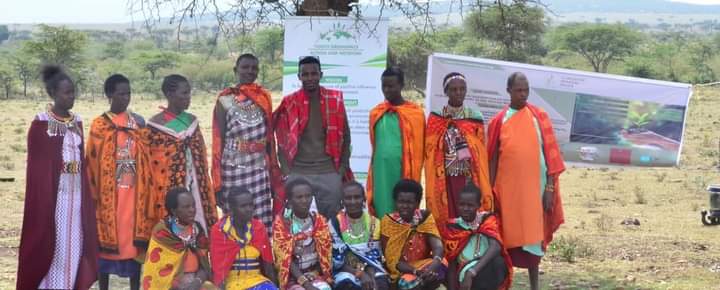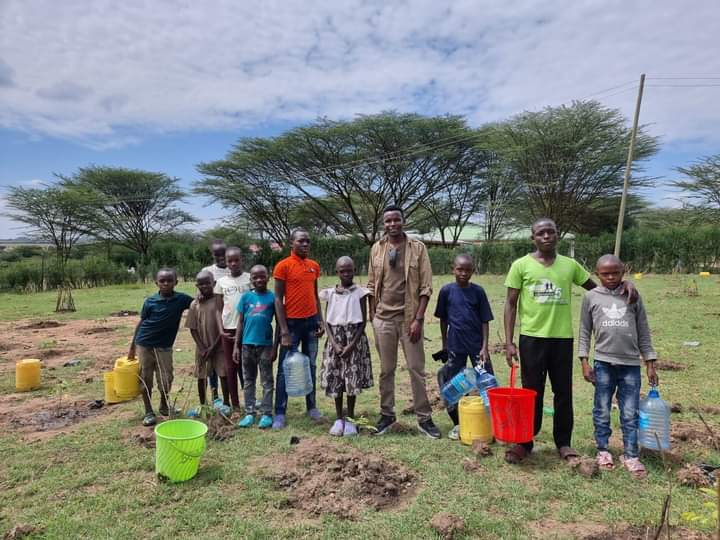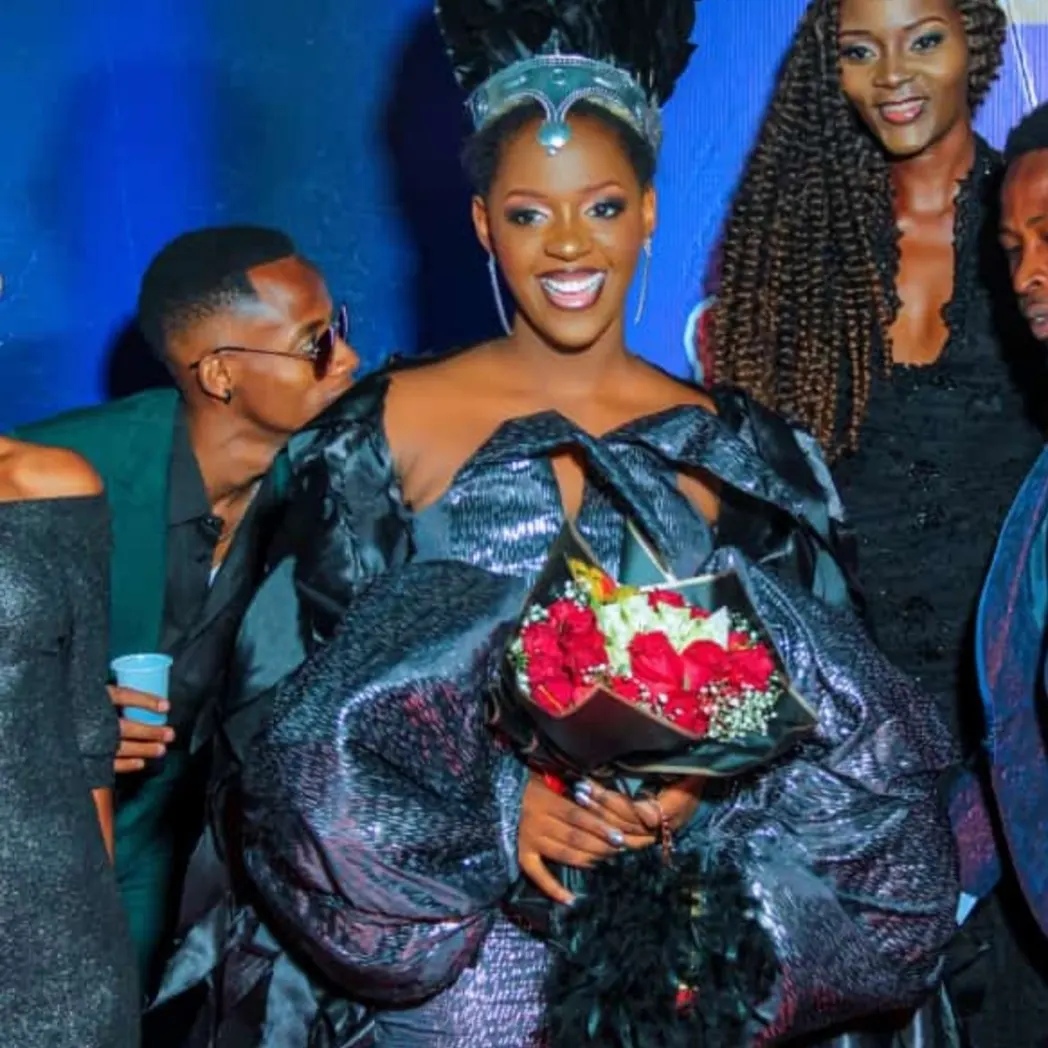
UNMASKING THE EXPLOITATIVE LENS IN GLOBAL JOURNALISM.
In journalism, narratives are powerful tools that shape perceptions and define realities. Yet, what happens when the storytellers themselves wield a lens tainted with preconceived notions and ulterior motives? In 2022, I found myself ensnared in a disconcerting encounter that exposed the underbelly of international journalism.
Sometime in 2022, I encountered an incident that continues to gnaw at me. An email landed in my inbox, an invitation to be a ‘fixer’ for a journalist I will call Charles – not his real name. Charles, an international journalist renowned for challenging the colonial narratives in Africa, had selected me for this task. The prospect of learning from him, even as a fixer, was exhilarating.
As a community journalist, I have devoted myself to telling solution-oriented stories that highlight Africa’s beauty. My mission has been to reshape the narrative that has persistently painted the continent with broad strokes of poverty and war, a narrative far removed from its vibrant reality.

When Charles reached out, he tasked me with finding a location for a shoot and arranging interviews for a team of eight journalists. The specifics of their request raised my eyebrows: “A dry area with wheat plantations. A community with traditional homes, preferably a marginalized one.” This was puzzling as my work typically focused on showcasing the positive aspects of Africa.
When the team landed in Kenya, Charles, the coordinator, seemed visibly distressed. “Our limited interactions at the airport and on the plane left little time for planning,” he told me. The journalists spoke in a language unfamiliar to me, so I had to rely on Charles to bridge the communication gap. From our continued conversion, it was clear that even Charles strongly disagreed with the scripted piece this team had come to document.
For the two-day shoot, I settled on a location in Narok County, known for its flourishing wheat farms. En route to Narok, it was hard not to notice how swiftly they captured scenes of poverty, purposefully overlooking the beauty surrounding us. Our first stop at the scenic Mai Mahiu escarpment revealed a breathtaking sunset. They snapped photos, seemingly captivated, yet the looming subject matter they had come to report on deeply troubled me. “They are shocked by what they are seeing as it does not match their expectation of how Africa should look like,” Charles tells me as he occasionally translates what they are conversing.
Contrast Narrative
The juxtaposition of their admiration for the scenic landscapes and their selective focus on poverty left me conflicted. I questioned the intentions behind their narrative and wondered if the stories they sought to tell would perpetuate the stereotypes that have plagued Africa for decades.
As we continued our journey to Narok, my unease grew, and the responsibility for steering this narrative weighed heavily on my shoulders. Little did I know the true challenge lay ahead, and the emotional toll of this assignment would linger, far beyond those two days.
Mayian Kitipan Joel, a 35-year-old, warmly welcomed us. He was to be our guide throughout, facilitating connections with communities and farms for filming. Mayian introduced himself as the founder and director of Conserve Maasai Mara Organization. I felt a spark of intrigue, hoping he would have a chance to share a bit about himself and his community with the visitors I had brought to his land. However, this was neither my day nor my assignment.
After driving for an hour from Narok town, we arrived at Ole Tipis, where wheat fields flourish. The sight was breathtaking – an expansive farm with golden wheat fields gracefully swaying under the sun’s warmth. Vibrant green stalks stood tall, approaching maturity for harvest. “This…? Beautiful, beautiful…” one of the camera persons exclaimed with satisfaction. A lady, whom I initially thought was a journalist, then donned a traditional Ukrainian outfit, and the shoot began. Did I mention we were in Narok County, Kenya?

The next destination was the village. I was taken aback when Charles said they felt the villages were “too good” for the shoot. He expressed disappointment, “It is sad to see that these people have travelled to Africa, Kenya to be precise, and they have found ‘Ukraine’ here, but they are unable to find the ‘Africa’ they had in mind.” It dawned on me what this shoot was really about.
During this period, the war in Ukraine was at its peak. Ironically, the journalists’ country was hosting a world forum showcasing their success story on a grain deal with Ukraine to ease global food instability. I watched in disbelief as the beautiful Kenyan wheat farms were portrayed as Ukraine, and the villagers, made to dress in tattered clothes, were depicted as Africans. The film, documented in Kenya, was screened at that forum.
Till when Africa? I keep asking myself. Since then, I have yearned to challenge this narrative even more. The irony of working with young people striving to better their communities, only for foreigners to come and spread lies about them, is disheartening.
In the second part of the story, we will shine a spotlight on Mayian, the founder of Conserve Maasai Mara, who is a beacon of resilience against such misrepresentation.

Leave a Reply